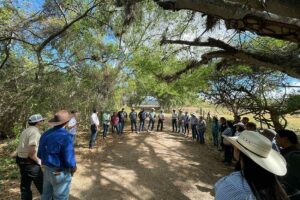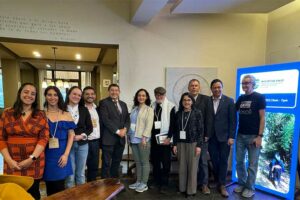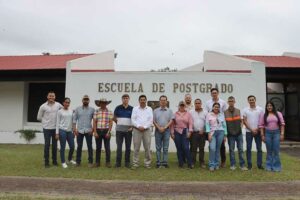A graduate study at CATIE facilitates the incorporation of forest communities in Petén into the Latin American Model Forest Network
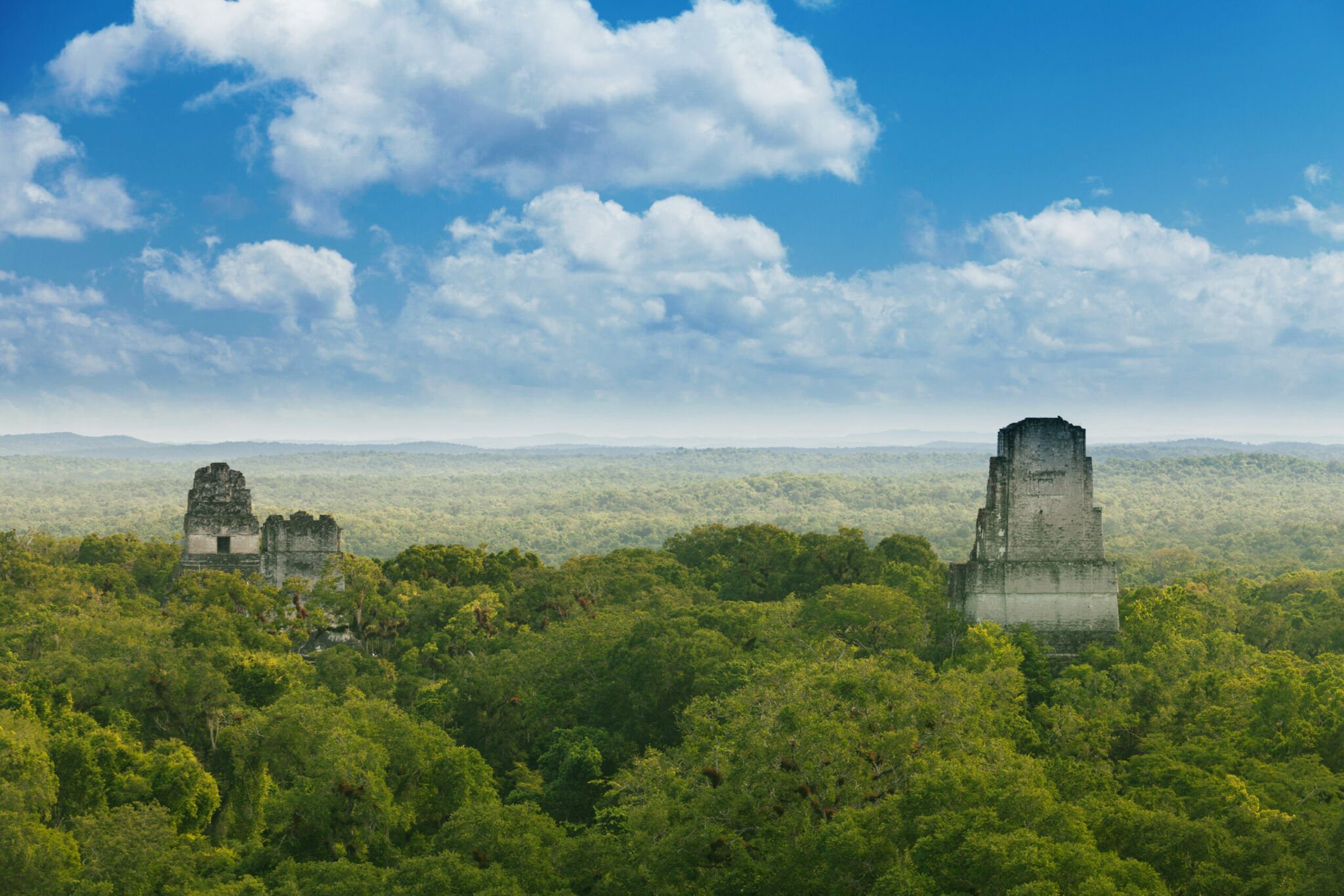
- Final Master's Thesis of a Guatemalan agronomist from GANEMOS receives honorable mention
The Graduate School at CATIE (Tropical Agricultural Research and Higher Education Center) recognized the final thesis titled "Foundations for the Inclusion of the Community Forest Management Model of the Maya Biosphere Reserve, Petén, Guatemala, in the Latin American Model Forest Network" with an honorable mention..
The research was conducted by Arturo Salazar Quiroa, an agronomist from Guatemala, who completed the virtual Master's program in Sustainable Agribusiness and Market Management (GANEMOS) at CATIE.
The Latin American Model Forest Network (RLABM) connects regions where initiatives for the sustainable management of forests and natural resources are promoted. It is a voluntary alliance between Model Forests supported by government representatives from each member country, affiliated with the Secretariat of the International Model Forest Network (SRIBM).
This is the first regional, voluntary organization that brings together 15 countries in Central America, South America, the Caribbean, and Spain to manage knowledge and exchange experiences related to Model Forests in Ibero-America.
The Forest Communities of Petén
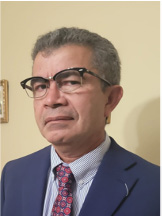
El estudio de Salazar contribuye con el proceso de adhesión a la Red de las organizaciones forestales comunitarias afiliadas a Asociación de Comunidades Forestales de Petén (ACOFOP) in the Maya Biosphere Reserve, Guatemala, into the Model Forest Network by analyzing their compliance with the principles that govern Model Forests.
Arturo Salazar Quiroa explained that he discussed with ACOFOP the suitability of recognizing the management model of the forest management process developed in the affiliated communities as a Model Forest.
To achieve this incorporation, it was necessary to develop a technical proposal and submit it to the Network's Management for evaluation and final approval. The technical proposal for incorporation was based on the final thesis's principles and attributes that define Model Forests.
In this interview, Arturo Salazar elaborates on the details of his thesis:
- What is the contribution of your study regarding the incorporation of the community forest model into the Latin American Model Forest Network?
"Overcoming the challenges in understanding and gaining a clear knowledge of the process of incorporating an extensive area of territory that meets the requirements and adheres to the principles governing Model Forests. The study facilitated a detailed understanding of the necessary sequence, required steps, and the structure to become and remain a Model Forest within the Latin American Model Forest Network."
- What is the significance of this incorporation?
"This action will allow for sharing the acquired experience and learning about natural resource governance management. Furthermore, the Network will be strengthened by having one of the most globally recognized community forest management processes among its members, as demonstrated in the incorporation proposal presented by ACOFOP to the Latin American Model Forest Network."
- What does this incorporation mean for ACOFOP?
“La ACOFOP will benefit from increased visibility of the sustainable forest management system being carried out within an extensive area of regional interest for natural resource conservation, within the Maya Biosphere Reserve.
Additionally, the incorporation of this territory into the Network will enable ACOFOP to highlight its achievements and challenges in the management of the community sustainable natural resource management system."

